A study funded by the Swine Health Information Center and conducted by Drs. Michael Rahe and Rachel Derscheid of the Iowa State University Veterinary Diagnostic Lab is the first to report astrovirus being associated with respiratory pathology in pigs. In their work, “Direct detection of porcine epitheliotropic viruses: porcine astrovirus 4, porcine hemagglutinating encephalomyelitis, and porcine parainfluenza virus in clinical cases of undiagnosed respiratory disease,” the researchers report PoAstV4 was detected in lesions consistent with viral respiratory infection in 73% of pigs tested.
Astroviruses affect mammals and birds with infection typically resulting in gastroenteritis, neurologic disease, or asymptomatic infection. PoAstV4 has been detected in the upper respiratory tract of pigs with clinical respiratory disease but until Drs. Rahe and Derscheid’s study, recently published in Transboundary and Emerging Diseases, an association of the virus with respiratory pathology had not been demonstrated.
Researchers noted a 2016 paper that described the use of next generation sequencing for the detection of PoAstV4 in nasal swabs from young pigs with clinical respiratory disease. But it was not until recent diagnostic efforts at the ISU VDL that PoAstV4 was also found in the lungs of young pigs with diagnosed bronchitis and/or tracheitis. Due to the possibility of PoAstV4 contaminating lung tissue during necropsy or sample collection, simply finding the virus via PCR or NGS did not confirm it was the cause of the clinical disease.
Drs. Rahe and Derscheid’s study sought to answer the question of disease association by investigating if PoAstV4 could be detected within the microscopic lesions of diseased respiratory tissues. The diagnostic technique used detected PoAstV4, porcine hemagglutinating encephalomyelitis virus, and porcine parainfluenza virus in 117 influenza-negative bronchitis and/or tracheitis cases in young pigs.
Results of the study showed PoAstV4 was detected in microscopic lesions from approximately 73% (85 of 117) of the cases. Porcine hemagglutinating encephalomyelitis virus was found in six of the 117 (5%) cases and porcine parainfluenza virus was found in five (4%).
While these results do not prove that PoAstV4 is a cause of respiratory disease in pigs, the researchers say it provides strong evidence it may be a significant contributor to porcine respiratory disease complex. The next step will be to determine if a purified sample of the virus causes bronchitis and coughing in challenged pigs.
The Swine Health Information Center, launched in 2015 with Pork Checkoff funding, protects and enhances the health of the US swine herd by minimizing the impact of disease threats through preparedness, coordinated communications, global disease monitoring, analysis of swine health data, and targeted research investments. As a conduit of information and research, SHIC encourages sharing of its publications and research. Forward, reprint, and quote SHIC material freely. For more information, visit http://www.swinehealth.org or contact Dr. Paul Sundberg at [email protected] or Dr. Megan Niederwerder at [email protected].
Copyright 2024 | Swinehealth.org | Website by Heartland Marketing Group